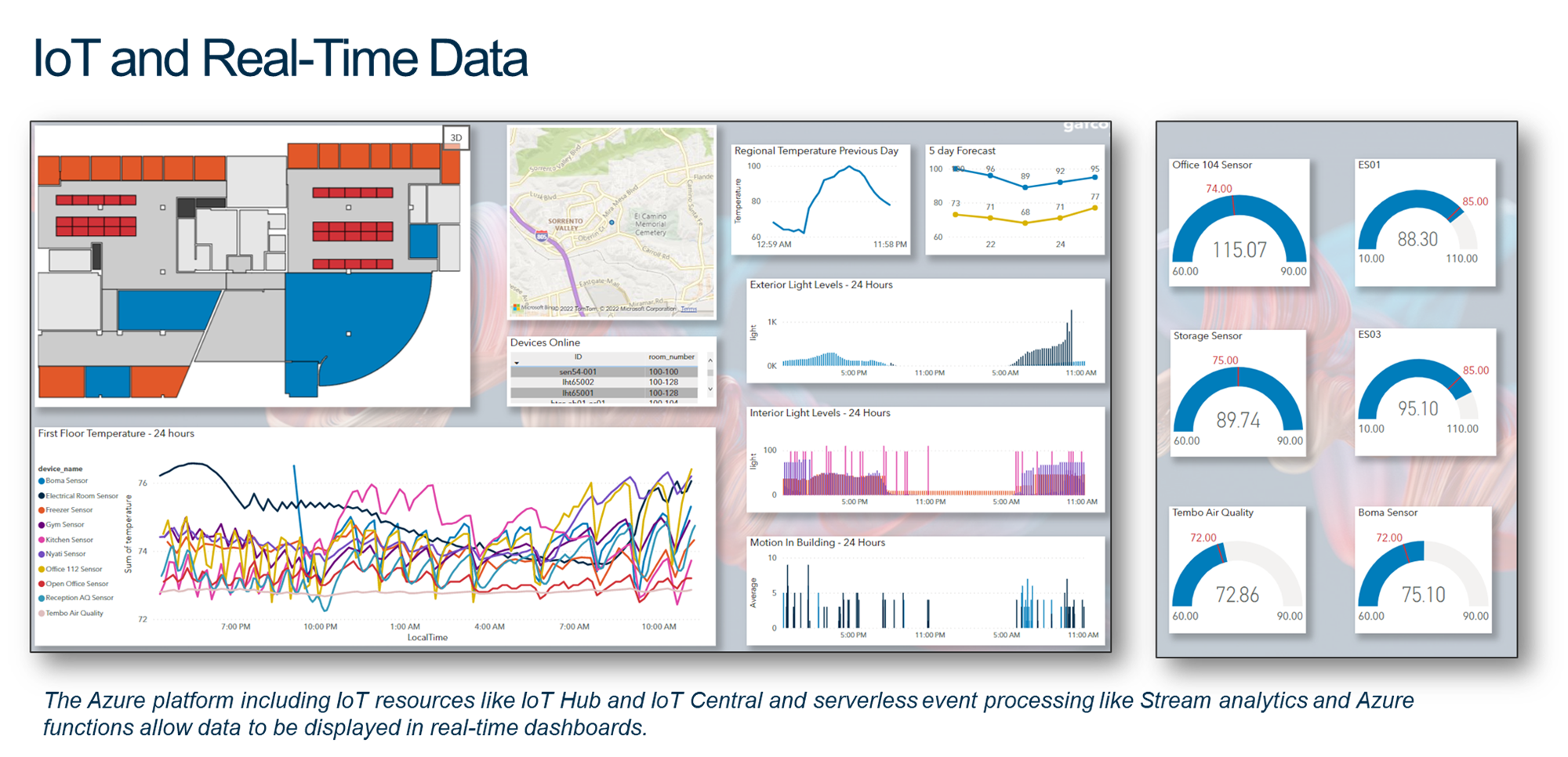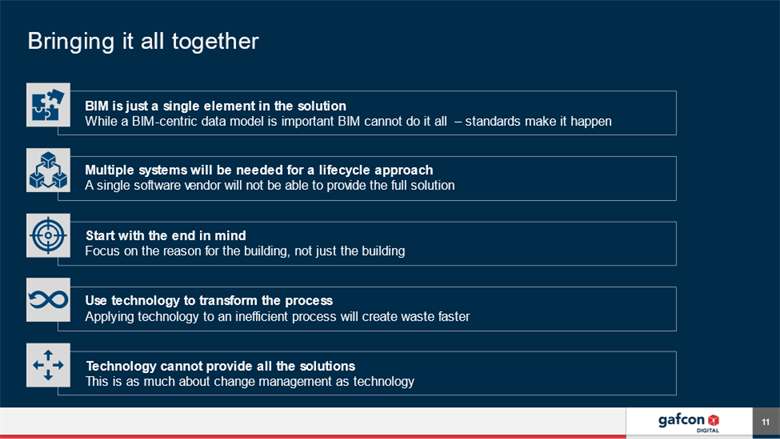
|
August 2022 |
[an error occurred while processing this directive] |
| |
INTERVIEW – John Turner
John joined Gafcon in 2012 as he wanted to apply evolving construction technology to benefit owners. He built up a stand-alone business unit which was spun out as Gafcon Digital, Inc in April 2022. He has been instrumental in the convergence of multiple siloed technologies and building a team of Architects, Civil Engineers, Technologists, Data Scientists and Project Execution Specialists that all want to transform the digital building lifecycle, but from the perspective of an Owner. He has applied and continually develops this through engagement with multiple multi-billion dollar building lifecycle programs for Serial Builders.
[an error occurred while processing this directive]
| Articles |
| Interviews |
| Releases |
| New Products |
| Reviews |
| [an error occurred while processing this directive] |
| Editorial |
| Events |
| Sponsors |
| Site Search |
| Newsletters |
| [an error occurred while processing this directive] |
| Archives |
| Past Issues |
| Home |
| Editors |
| eDucation |
| [an error occurred while processing this directive] |
| Links |
| Software |
| [an error occurred while processing this directive] |
Sinclair; John, you are the CEO of Gafcon Digital
Inc. Please introduce yourself and the
company.

Sinclair; You describe Gafcon Digital as a Digital
Twin Systems Integrator. Why are your
services needed?
Digital Twins are a new concept for the
Owners and Operators, the serial builders, of the built environment. Digital Twins are on every owner’s
agenda. We have supported some of the
most advanced applications of Digital Twins and so have unique experience and
expertise that can assist Owners attain their goals. Few understand what Digital Twins really are
and the value that they can unlock. Our
first task is to explain the What, the Why and the How of Digital Twins.
I would first of all like to explain what a
Digital Twin is not! It is not a virtual
representation of a physical building.
It is not a BIM or a representation captured by reality capture. The vast majority of vendors are selling
digital twins without understanding some core components. Let me address those.
The traditional view of a digital twin is
that it has three components: The
physical, the virtual and the link between them. We add two additional components. The first is the use case. The digital twin must create value for the
owner and without a defined use case the digital twin approach cannot be
aligned to deliver that value. The
second is the digital thread. It is unlikely that there will be a single
digital twin in the digital building lifecycle. If the digital twin is aligned with the use
case and it starts in planning then the data collected will be aligned with
planning and not operations, however the data structure is relevant and the downstream
digital twins will be reliant on the data created upstream and so all must be
connected using a digital thread. Support for the lifecycle hence requires
multiple digital twins and a system of systems approach.


I use the analogy of a smart phone to
explain what we do. We integrate
systems, processes and data into the digital thread which is analogous to the
smart phone. Once the functionality and
associated data has been aggregated and correlated, just like on a smart phone,
value can be created by building applications on that smart phone platform far
more effectively than developing separate siloed applications. There are three main things that prevent this
approach:
·
The first is that the digital
building lifecycle is siloed or fragmented.
Planning does not communicate with Design. Design does not communicate with
Construction. Construction with
Operations etc. There is a need for a
data standard and process reengineering to enable that communication.
·
The second is that there is no
single software vendor that can provide everything necessary to support a
digital twin across the complete lifecycle.
Software vendors are aligned with the existing silos and have no interest
in cooperating with their competitors.
There is a need to think end to end across the whole lifecycle rather
than within these silos.
·
The third is that the industry
has a project mentality. Our
conventional processes focus on the need to bring in the project within budget
and schedule but very rarely does an owner question the format and approach to
that budget and schedule. Part of this
is because of the cost and length of a project.
If we were manufacturing widgets on an hourly basis we would want to
optimize the approach and we would have the data and analysis to do that. Our focus on serial builders and owner
operators brings us closer to that manufacturing perspective so that we can
focus on the process as well as the content of a project.
Sinclair; Why should an Owner be interested in
this approach?
I will sum it up in one word –
predictability. Predictability covers
many areas: Cost, Schedule, Safety,
Quality as well as sustainability, employee productivity, carbon footprint,
competitiveness etc.
Sinclair; So how do you advise Owners to start the
journey?
We summarize our approach into three
phases: Communicate, Collaborate and
Correlate.

In practice it is more complex and the
overall transformation is generally delivered by a Program Management Office
focused on People, Process and Technology.
We believe that there are nine critical elements in this approach but
the most important are:
·
The necessity to introduce BIM
and data standards that will support the complete digital building lifecycle.
·
The need to establish a
steering committee that can address the integration of the silos.
·
The focus on the virtual as
well as the physical. Most owners would
not even consider delivering a project without an owner project or construction
manager for the physical building. We
believe that there is a need to do this for the virtual building.

I would like to emphasize the Correlate
phase. This allows us to align the
performing twin with the simulated twin and so perform closed loop analysis to
further improve the performance of the built asset. The digital twin hence moves from largely
reactive, in that it provides the data on how a building is performing though a
series of Internet of Things or Internet of Activity sensors, into being
proactive. This is of particular benefit
in evaluating energy conservation measures and tracking the carbon footprint of
a building.
Sinclair; How do you address the differing
requirements of the stakeholder groups that cover the complete lifecycle?
That is a very important question. The system that is used to interface with the
digital twin will be different for each stakeholder group. While BIM and Reality Capture approaches are
important for the design and construction phases of both new and existing
buildings, they are not optimized for operations and maintenance. Going back to our smart phone analogy the same
data can be used in many different applications which are aligned with many
different users. Our approach allows the
selection of the best user interface for the user. This may be graphic such as a real time or
gaming engine, of a dashboard like Power BI, or it may be a GIS or BIM
system. Our approach allows all the
required data to be available through the user interface that is most familiar
to the user. Several graphic approaches have been illustrated. All use the same data.




Sinclair; What final advice do you have for our
readers?
Implementing a digital twin approach to the
digital building lifecycle is not just about technology. Start with standards, focus on value and
demonstrate that this can be created with a proof of concept that can be
quickly piloted. And be prepared for the
people, process and organizational changes that will be required as this is a
transformational approach, not just an incremental improvement to the existing
process.

[an error occurred while processing this directive]
[Click Banner To Learn More]
[Home Page] [The Automator] [About] [Subscribe ] [Contact Us]